Shinya Kitaoka
Generative Probabilistic Image Colorization
Sep 29, 2021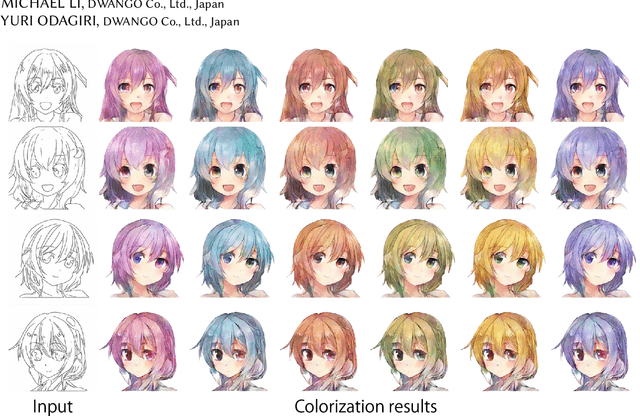

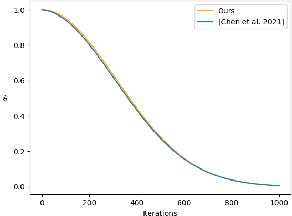
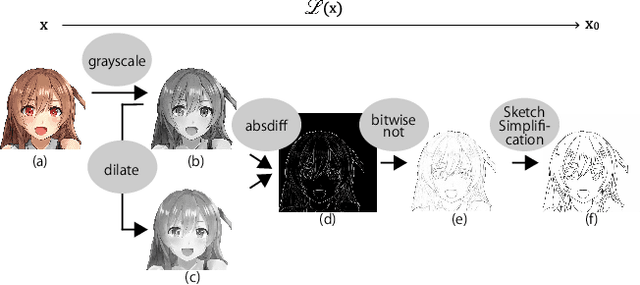
Abstract:We propose Generative Probabilistic Image Colorization, a diffusion-based generative process that trains a sequence of probabilistic models to reverse each step of noise corruption. Given a line-drawing image as input, our method suggests multiple candidate colorized images. Therefore, our method accounts for the ill-posed nature of the colorization problem. We conducted comprehensive experiments investigating the colorization of line-drawing images, report the influence of a score-based MCMC approach that corrects the marginal distribution of estimated samples, and further compare different combinations of models and the similarity of their generated images. Despite using only a relatively small training dataset, we experimentally develop a method to generate multiple diverse colorization candidates which avoids mode collapse and does not require any additional constraints, losses, or re-training with alternative training conditions. Our proposed approach performed well not only on color-conditional image generation tasks using biased initial values, but also on some practical image completion and inpainting tasks.
Human and Smart Machine Co-Learning with Brain Computer Interface
Feb 19, 2018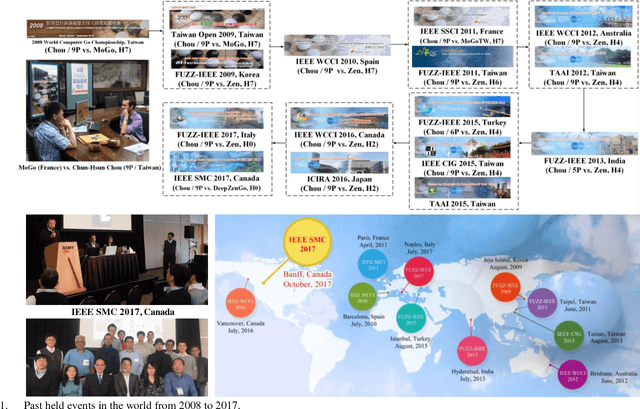
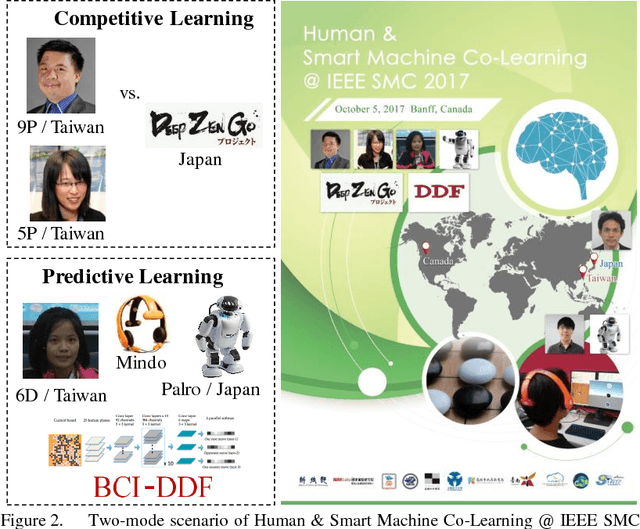
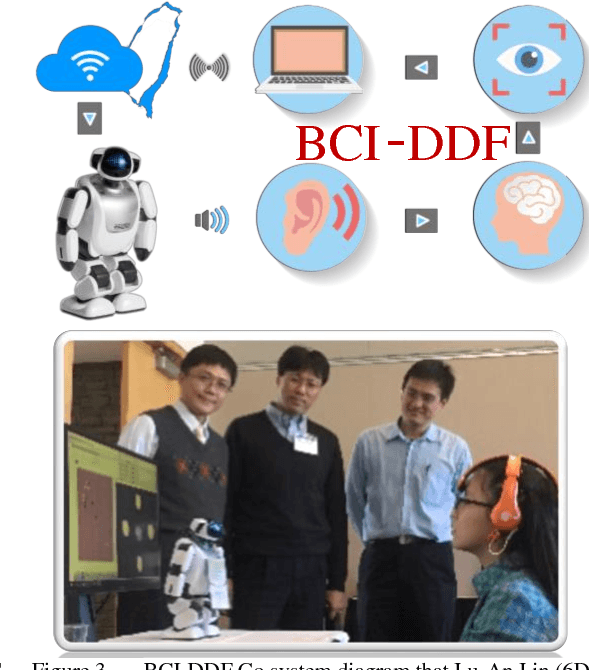
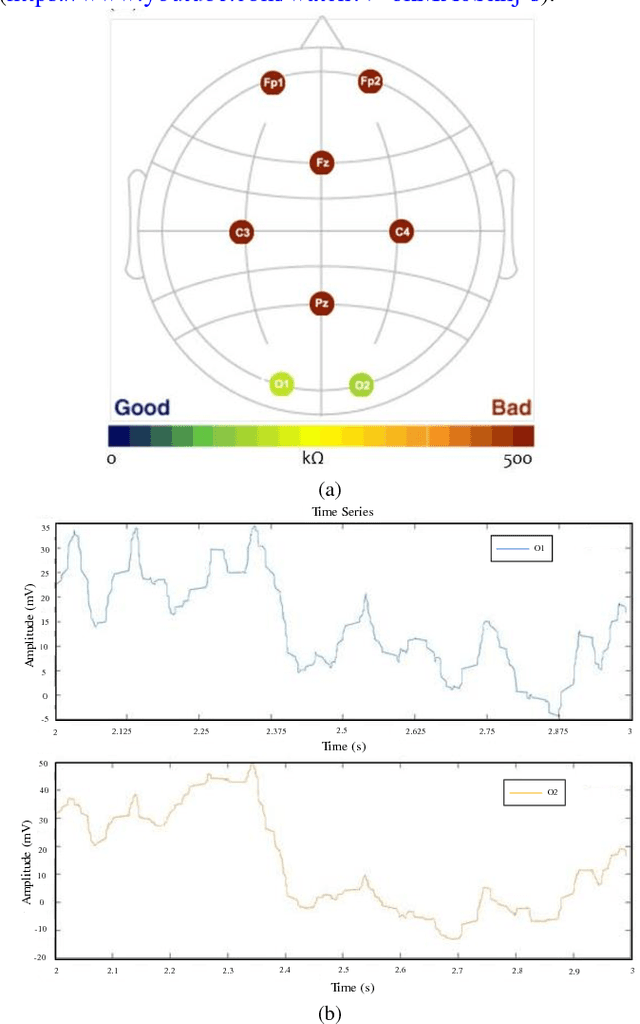
Abstract:Machine learning has become a very popular approach for cybernetics systems, and it has always been considered important research in the Computational Intelligence area. Nevertheless, when it comes to smart machines, it is not just about the methodologies. We need to consider systems and cybernetics as well as include human in the loop. The purpose of this article is as follows: (1) To integrate the open source Facebook AI Research (FAIR) DarkForest program of Facebook with Item Response Theory (IRT), to the new open learning system, namely, DDF learning system; (2) To integrate DDF Go with Robot namely Robotic DDF Go system; (3) To invite the professional Go players to attend the activity to play Go games on site with a smart machine. The research team will apply this technology to education, such as, playing games to enhance the children concentration on learning mathematics, languages, and other topics. With the detected brainwaves, the robot will be able to speak some words that are very much to the point for the students and to assist the teachers in classroom in the future.
 Add to Chrome
Add to Chrome Add to Firefox
Add to Firefox Add to Edge
Add to Edge